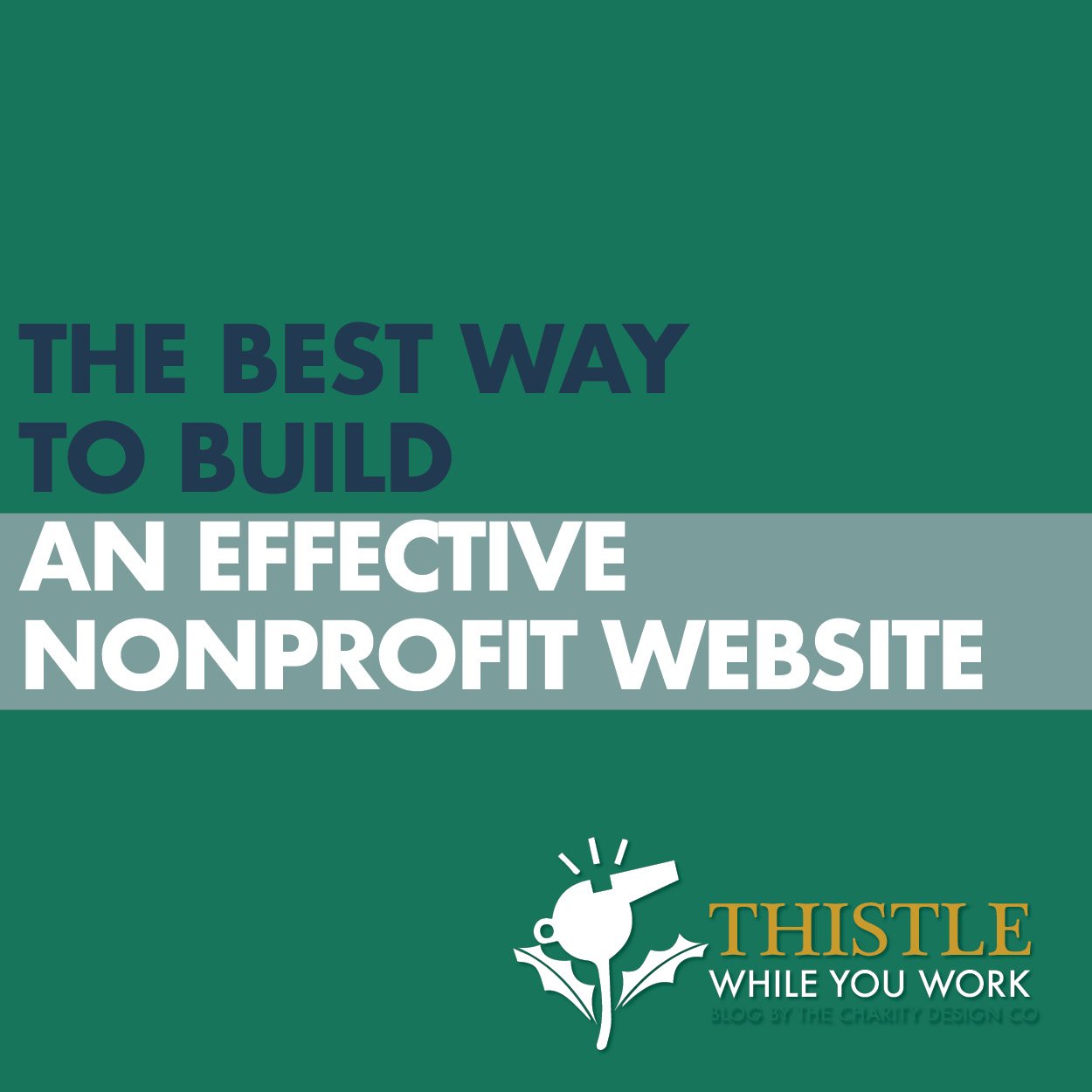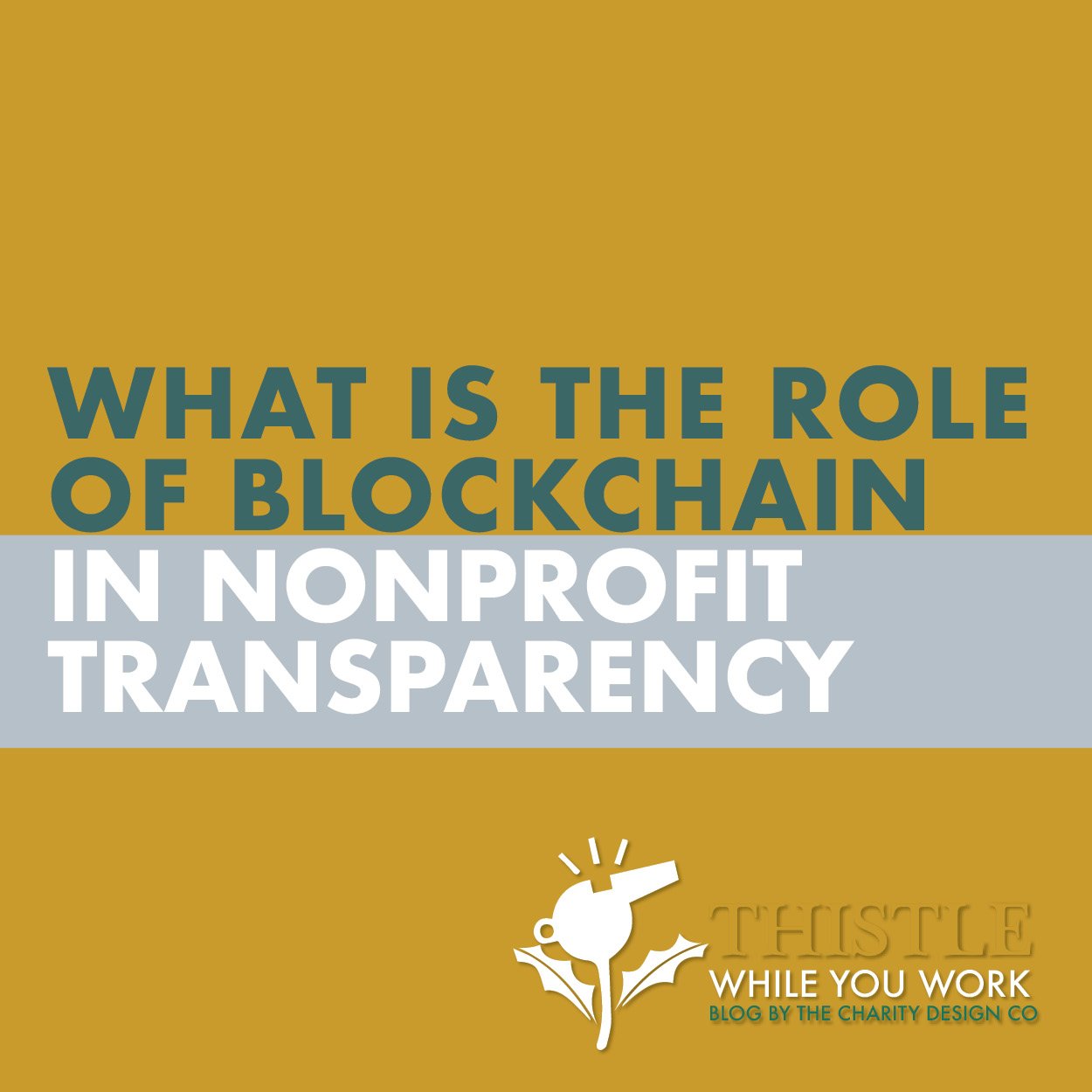5 STEPS TO SET UP AND OPTIMIZE ZAPIER TO RAISE FUNDS FOR YOUR CHARITY
If you're looking for a way to automate your workflows and save time and money, you might want to check out Zapier.
Zapier is a tool that lets you connect different apps and services and create triggers and actions that run in the background. For example, you can set up a zap that automatically sends a thank-you email to a new donor, or a zap that adds a new contact to your CRM/ Donor Management tool, or a zap that posts a tweet whenever you publish a new blog post. The possibilities are endless!
So how do you use Zapier and can your nonprofit can optimize it to raise more money? YOU BET!
Step 1: Sign up for Zapier
Zapier has a free plan that lets you create up to 5 zaps and run up to 100 tasks per month. That's enough to get you started and see if Zapier works for you. You can also upgrade to a paid plan if you need more zaps, tasks, or features. To sign up for Zapier, go to their website, and click on the "Sign Up" button. You can use your email address or sign in with Google, Facebook, or Apple.
Step 2: Explore the Zapier app directory
Zapier has over 3,000 apps and services that you can connect and automate. You can browse the app directory by category, such as marketing, fundraising, social media, productivity, etc. You can also search for specific apps or services by name or keyword. For example, if you want to connect your Mailchimp account to Zapier, you can type "Mailchimp" in the search box and see all the possible zaps you can create with it.
Step 3: Create your first zap
A zap is a workflow that consists of a trigger and one or more actions. A trigger is an event that starts the zap, such as a new donation, a new email, a new form submission, etc. An action is an operation that the zap performs, such as sending an email, adding a contact, updating a spreadsheet, etc. To create your first zap, click on the "Make a Zap" button on the top right corner of the Zapier dashboard.
Here's where you can choose your trigger and action apps and configure their settings. For example, let's say you want to create a zap that sends a thank-you email to every new donor who gives through your website. You'll need to choose your website platform as the trigger app (such as WordPress, Squarespace, Wix, etc.) and your email service as the action app (such as Gmail, Outlook, Mailchimp, etc.). Then you'll need to select the specific trigger and action events (such as "New Donation" and "Send Email") and connect your accounts to Zapier. You'll also need to customize the email content and recipient details using dynamic fields from the trigger app.
Step 4: Test and turn on your zap
Once you've set up your trigger and action apps and their settings, you can test your zap by clicking on the "Test" button at the bottom of each step. This will send sample data from the trigger app to the action app and show you the results. You can also check your action app to see if the test was successful. For example, if you're sending an email, you can check your inbox or sent folder to see if the email arrived.
If everything looks good, you can turn on your zap by clicking on the "Turn on Zap" button at the top right corner of the Zapier dashboard. Your zap will now run automatically whenever the trigger event occurs. You can also monitor your zap's activity and performance on the Zapier dashboard.
Step 5: Optimize your zap for fundraising
Now that you've created your first zap, you can optimize it for fundraising by adding more steps or conditions to make it more effective and personalized. For example, you can add filters to your zap to only run it for certain donors or donations based on criteria such as amount, frequency, source, etc. You can also add delays to your zap to send emails at optimal times or intervals. You can also add more actions to your zap to perform multiple tasks with one trigger event. For example, you can add an action that updates your donor database with the new donation information or an action that creates an invoice or receipt for the donor.
By optimizing your zap for fundraising, you can increase your donor retention and engagement rates and ultimately raise more money for your cause.
Zapier is a powerful tool that can help you automate your nonprofit workflows and save time and money. By using Zapier, you can connect different apps and services and create zaps that perform tasks for you in the background. You can also optimize your zaps for fundraising by adding more steps or conditions to make them more effective and personalized.
*One of my favorite ways to use zapier is to connect any form to DonorDOCK, you know, a favorite donor management system. Yea! Learn more about my other favorite resources here.








